Grape Variety
Riesling
"REE-sling"
Wine Styles
 Sparkling
Sparkling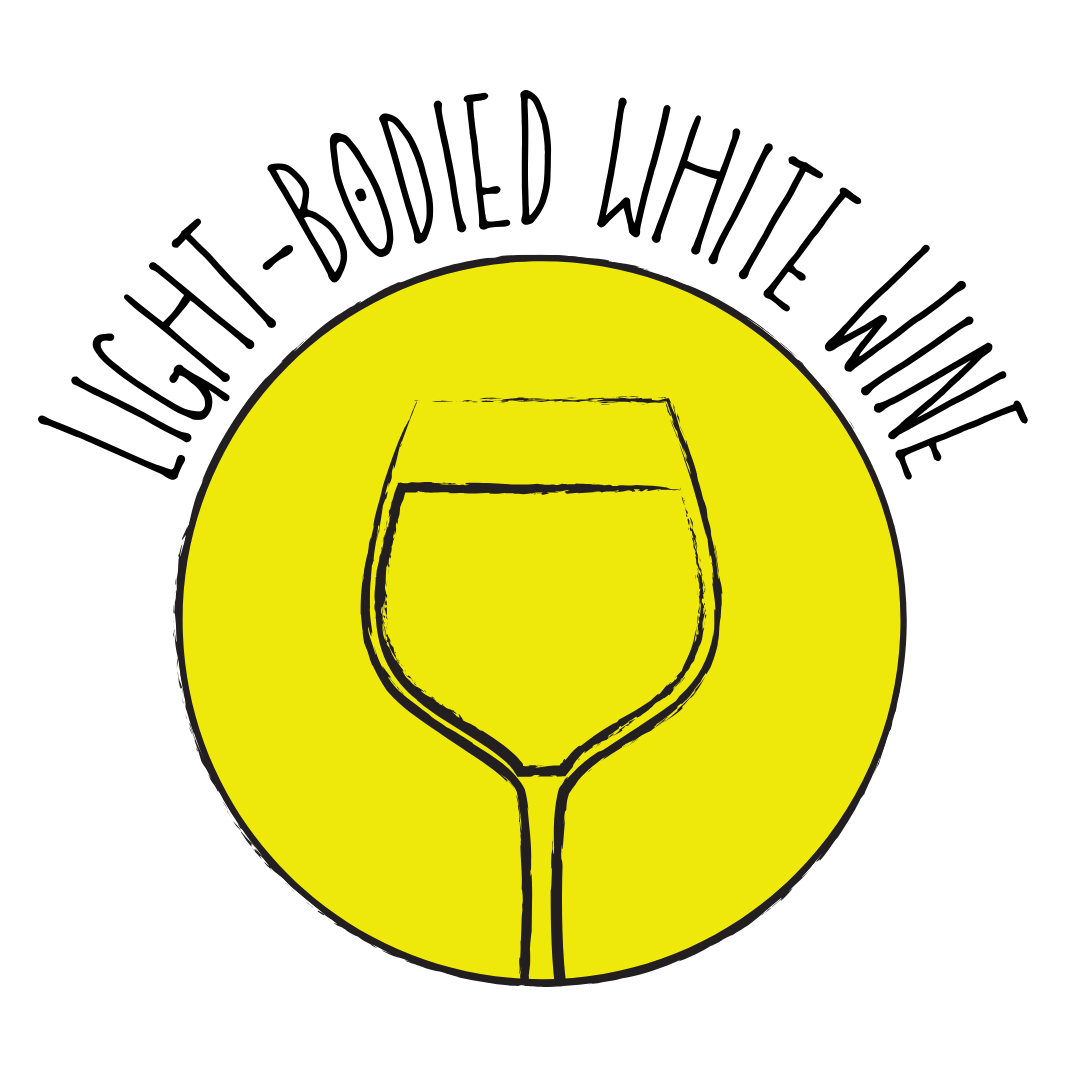 Light White
Light White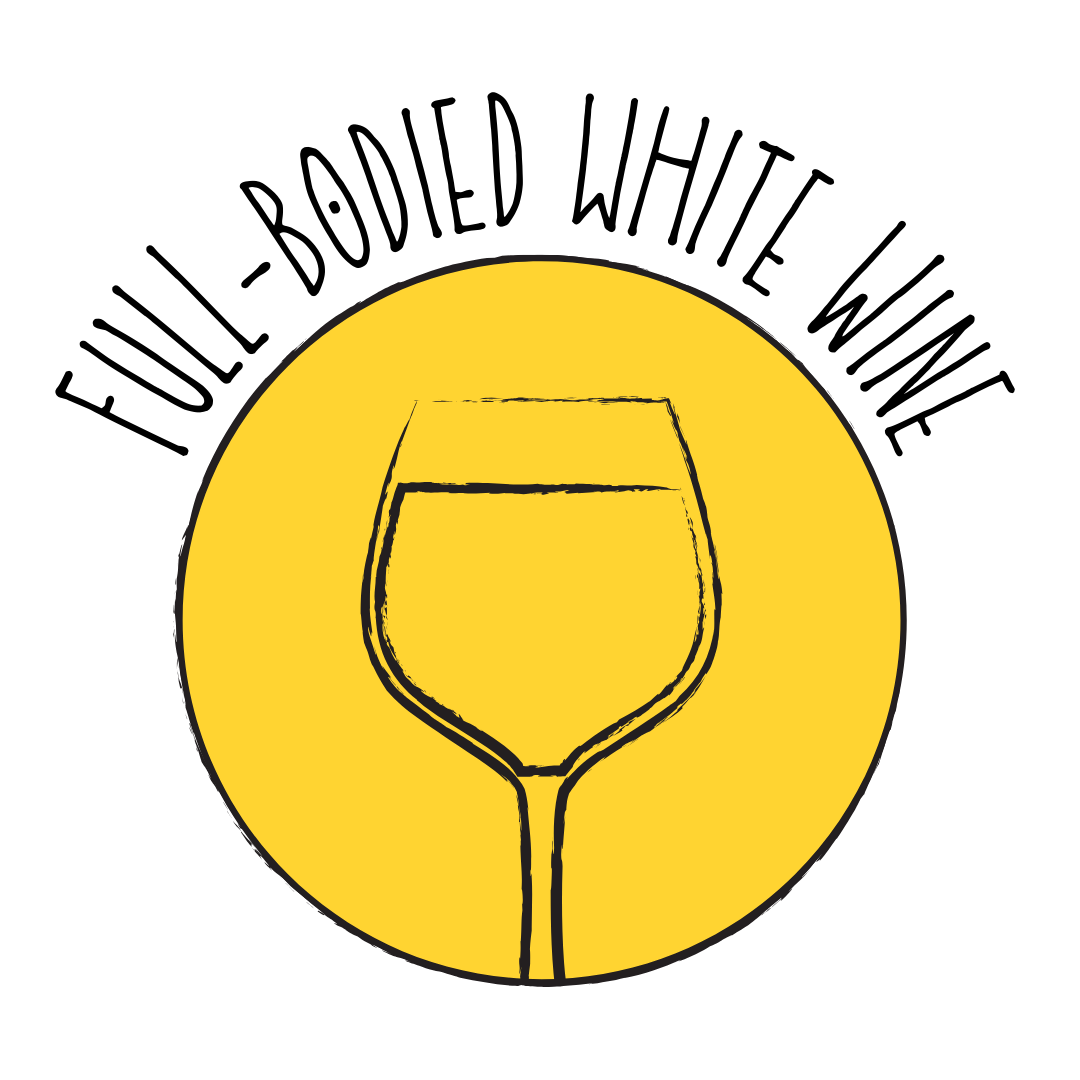 Full White
Full White Aromatic
Aromatic Rosé
Rosé Light Red
Light Red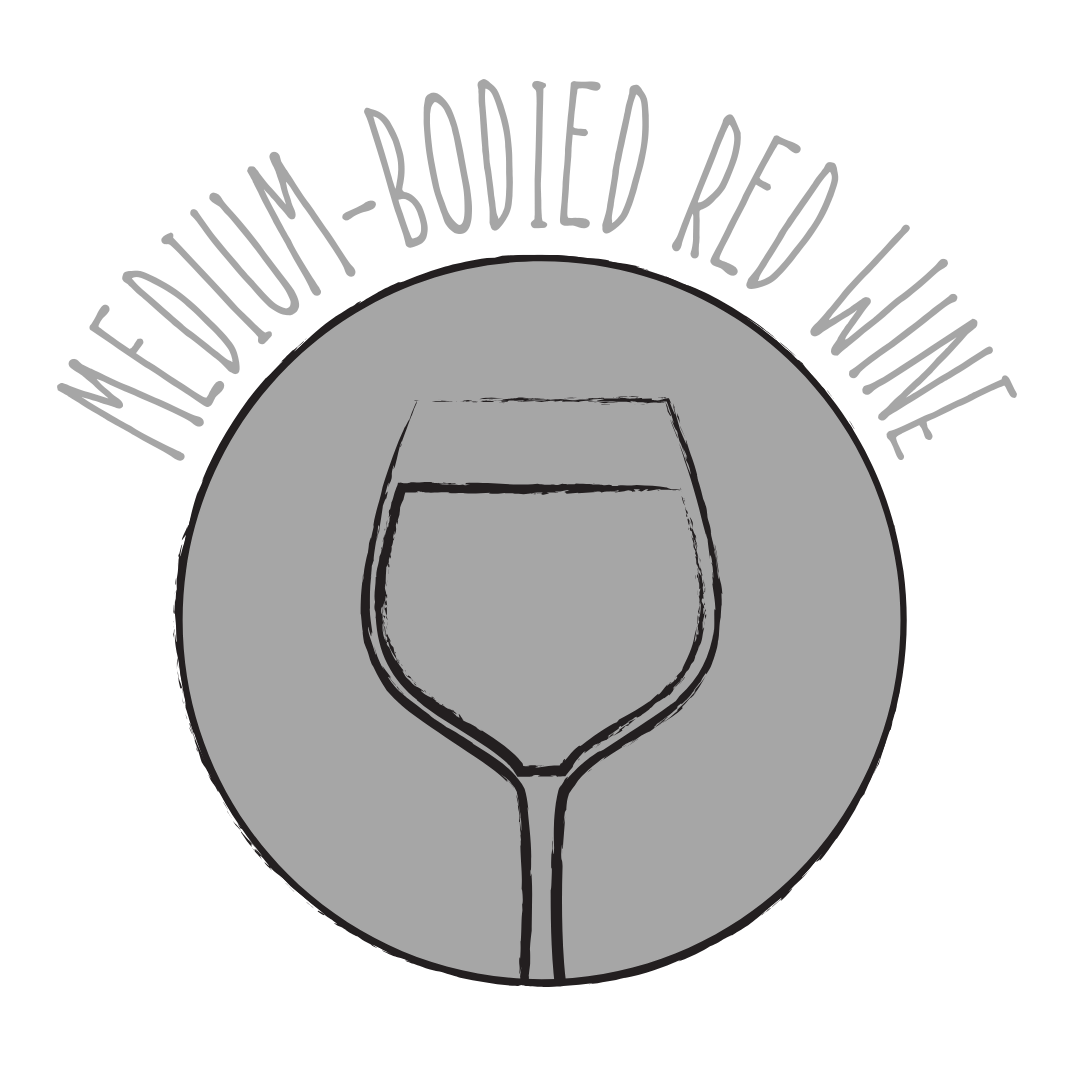 Medium Red
Medium Red Full Red
Full Red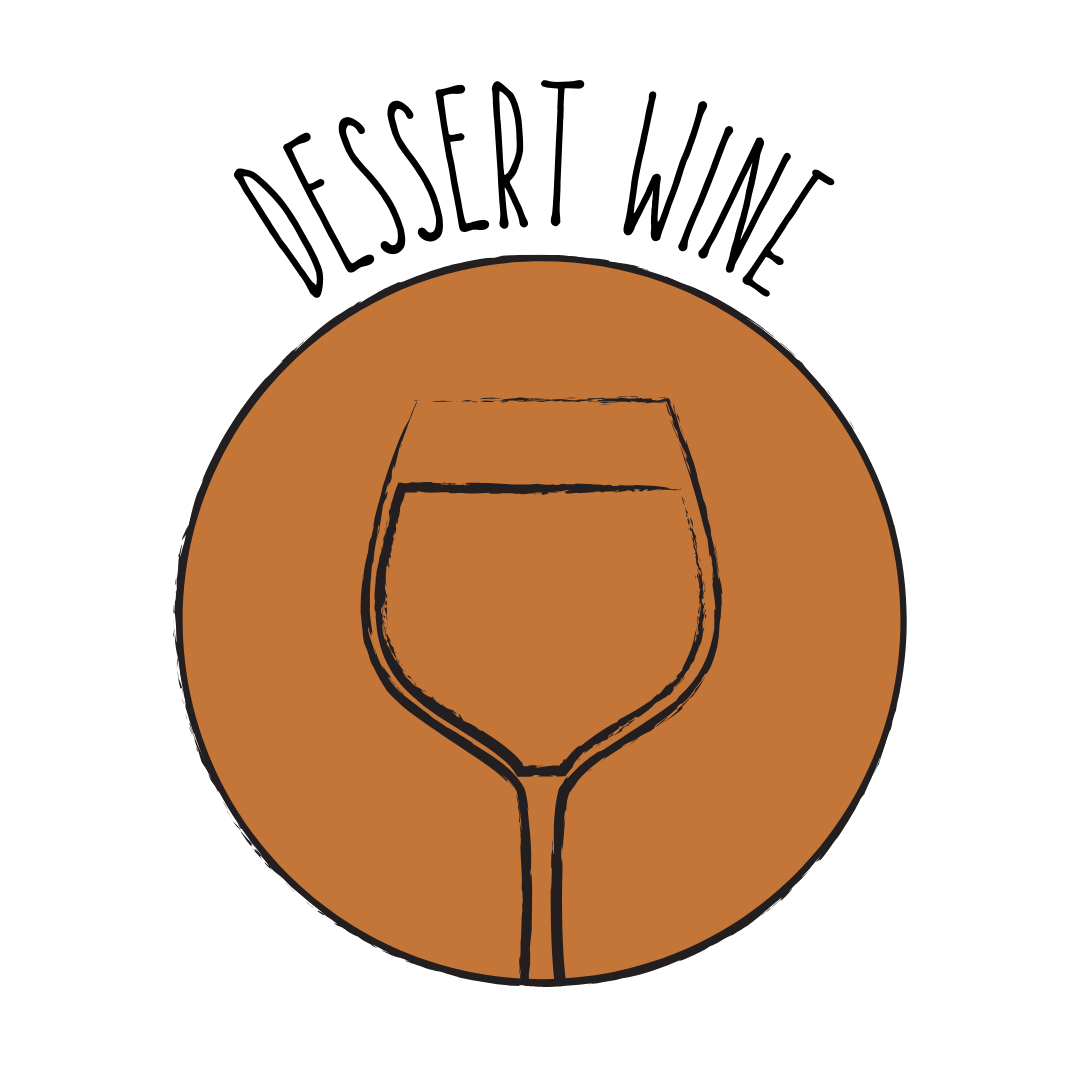 Dessert
DessertAbout Riesling
Origin
Rhine region, Germany
History
Riesling is a white grape variety that originated in the Rhine region of Germany. The first recorded mention of Riesling dates back to 1435, when a German count purchased several Riesling vines. Over the centuries, Riesling has become one of the world's most celebrated white grape varieties, known for its aromatic complexity and ability to produce wines ranging from bone-dry to lusciously sweet. Its high acidity and ability to reflect terroir have made it a favorite among winemakers and wine enthusiasts alike.
Appearance
Small, round berries with a greenish-yellow hue, often developing a golden tint as they ripen.
Growing Traits
Riesling thrives in cooler climates and is known for its hardiness and resistance to frost. It ripens late in the season, allowing for the development of complex flavors. The grape's high acidity makes it suitable for a range of wine styles, from dry to sweet, and contributes to its exceptional aging potential.
Wine Characteristics
Body
2/5
Sweetness
3/5
Tannin
0/5
Acidity
4/5
Alcohol
2/5
Light to medium-bodied with a crisp and refreshing profile, often exhibiting a vibrant acidity. Ranges from bone-dry to lusciously sweet, showcasing versatility in winemaking styles. Negligible tannin levels, as it is a white grape variety primarily used in white wine production. High acidity, contributing to its crispness and excellent aging potential. Moderate alcohol content, generally ranging from 8% to 12%, enhancing its light and approachable nature.
Taste Profile

Green apple
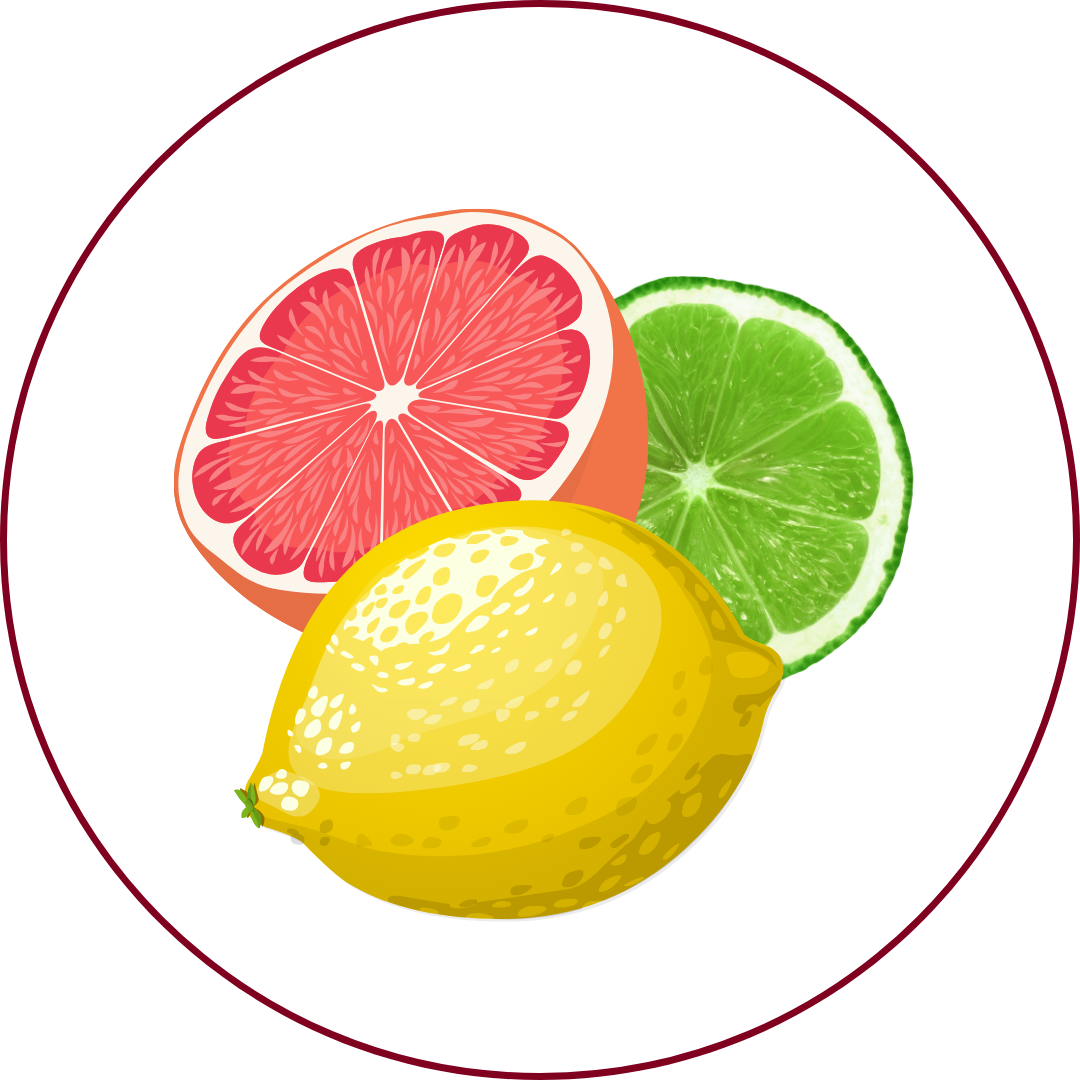
Citrus
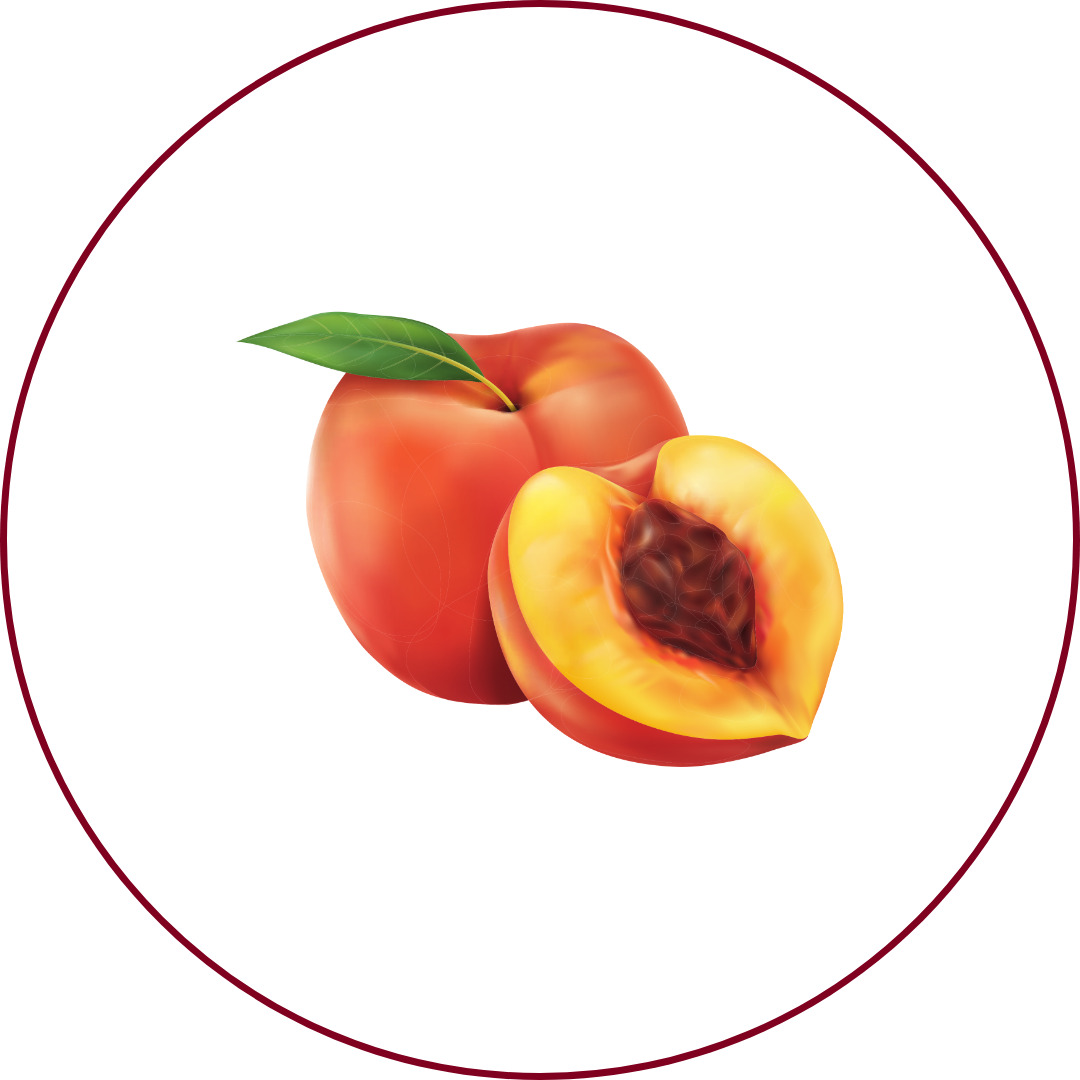
Peach

Apricot

Petrol

Honey

Jasmine
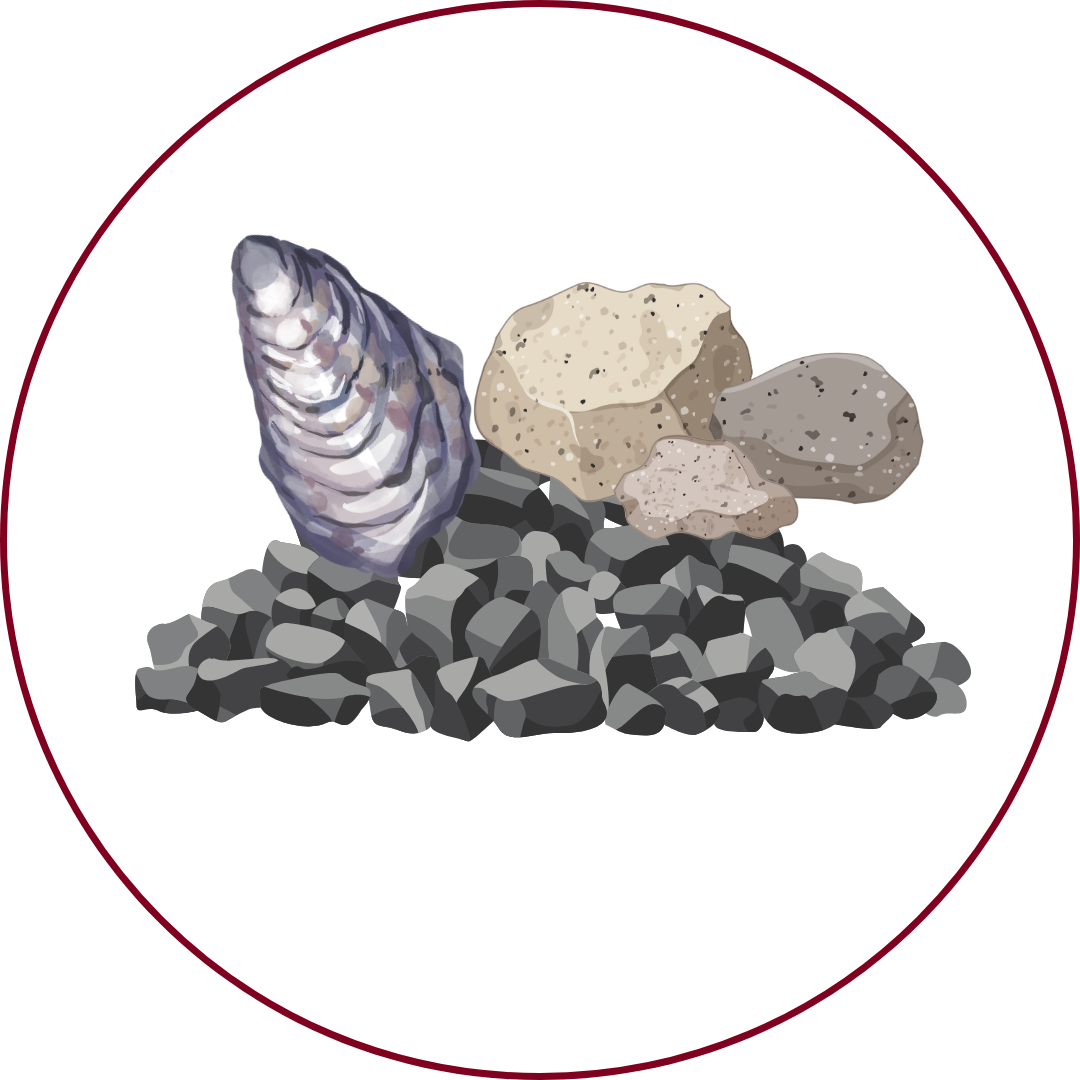
Mineral
Riesling wines are known for their aromatic complexity and vibrant acidity. Common tasting notes include green apple, citrus fruits like lemon and lime, stone fruits such as peach and apricot, and floral hints of jasmine. A distinctive 'petrol' or mineral note often develops with age, adding to the wine's intrigue. Sweeter styles may also exhibit honeyed nuances.
Food Pairing
Riesling's high acidity and range of sweetness levels make it an incredibly versatile wine for food pairings. Dry Rieslings complement seafood, poultry, and dishes with citrus-based sauces. Off-dry and sweeter Rieslings are excellent matches for spicy cuisines, such as Thai or Indian, as the sweetness balances the heat. Additionally, Riesling pairs well with pork, duck, and a variety of cheeses, including blue cheese and aged Gouda.
Growing Regions

Germany
MoselRheingauPfalzNahe

France
Alsace

Austria
WachauKremstalKamptal

Australia
Clare ValleyEden Valley

United States
Finger LakesWashington StateMichigan
Notable Wines & Producers
Egon Müller Scharzhofberger Riesling Trockenbeerenauslese
Egon Müller
Trimbach Clos Ste. Hune Riesling
Maison Trimbach
Grosset Polish Hill Riesling
Grosset Wines
Dr. Loosen Wehlener Sonnenuhr Riesling Spätlese
Dr. Loosen
Hugel Riesling
Famille Hugel
Riesling FAQ
Common questions about this grape variety
What is the origin of Riesling?
+
Rhine region, Germany
Is Riesling wine full bodied?
+
Riesling has a body level of 2 out of 5. Which means that Riesling is Moderate to Light bodied.
Is Riesling wine dry or sweet?
+
Riesling has a dryness level of 3 out of 5. Which means that Riesling is Semi-Sweet.
Where is Riesling wine from?
+
Rhine region, Germany
Where is Riesling grown?
+
Riesling is grown in Germany (Mosel, Rheingau, Pfalz, Nahe)France (Alsace)Austria (Wachau, Kremstal, Kamptal)Australia (Clare Valley, Eden Valley)United States (Finger Lakes, Washington State, Michigan).
What is Riesling like?
+
Riesling wines are known for their aromatic complexity and vibrant acidity. Common tasting notes include green apple, citrus fruits like lemon and lime, stone fruits such as peach and apricot, and floral hints of jasmine. A distinctive 'petrol' or mineral note often develops with age, adding to the wine's intrigue. Sweeter styles may also exhibit honeyed nuances.
What does Riesling pair with?
+
Riesling's high acidity and range of sweetness levels make it an incredibly versatile wine for food pairings. Dry Rieslings complement seafood, poultry, and dishes with citrus-based sauces. Off-dry and sweeter Rieslings are excellent matches for spicy cuisines, such as Thai or Indian, as the sweetness balances the heat. Additionally, Riesling pairs well with pork, duck, and a variety of cheeses, including blue cheese and aged Gouda.
What does Riesling taste like?
+
Riesling wines are known for their aromatic complexity and vibrant acidity. Common tasting notes include green apple, citrus fruits like lemon and lime, stone fruits such as peach and apricot, and floral hints of jasmine. A distinctive 'petrol' or mineral note often develops with age, adding to the wine's intrigue. Sweeter styles may also exhibit honeyed nuances.
Take Riesling Knowledge with You
Access detailed grape profiles, tasting notes, and pairing suggestions on your iPhone.
Download on theApp Store